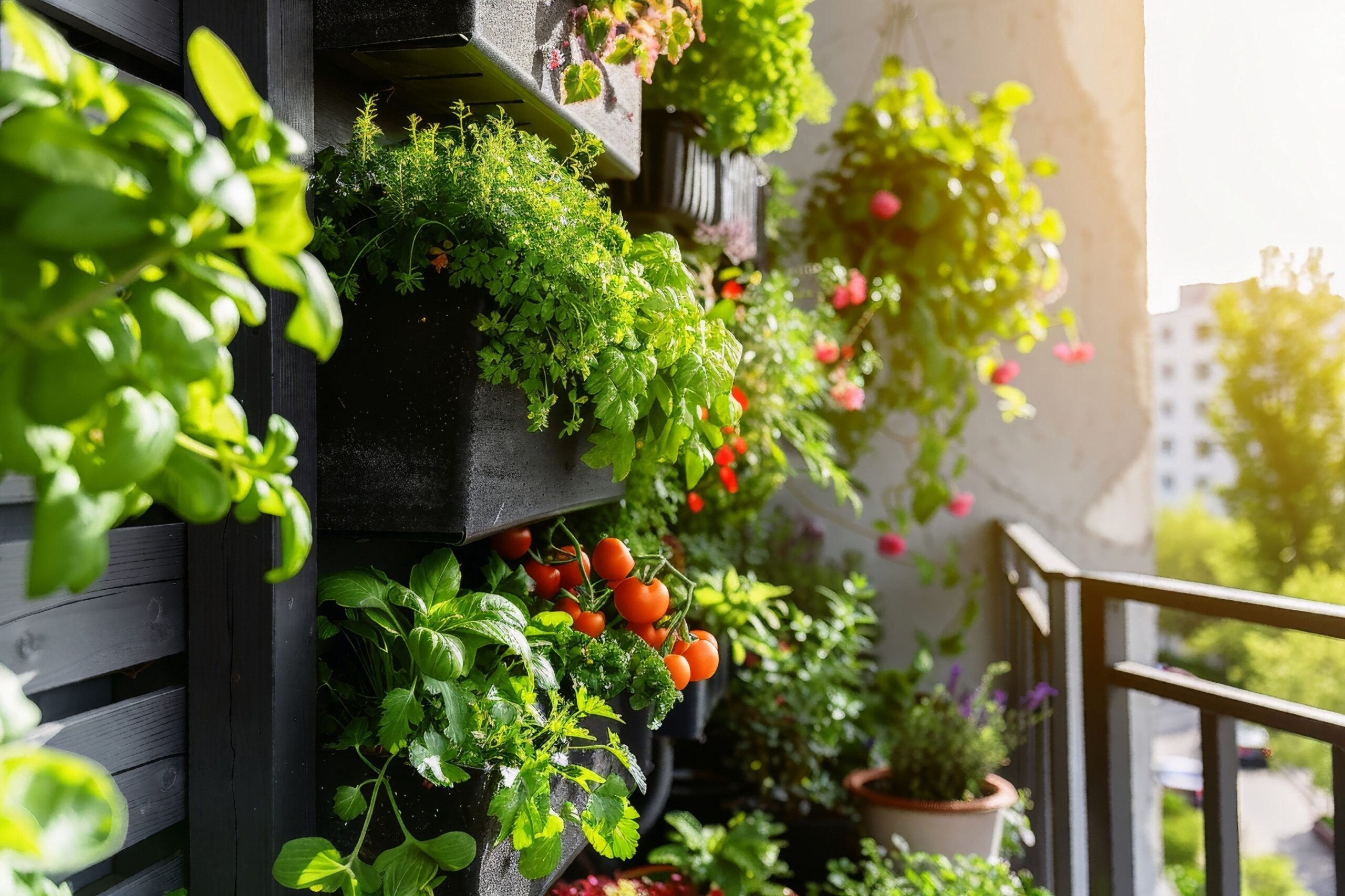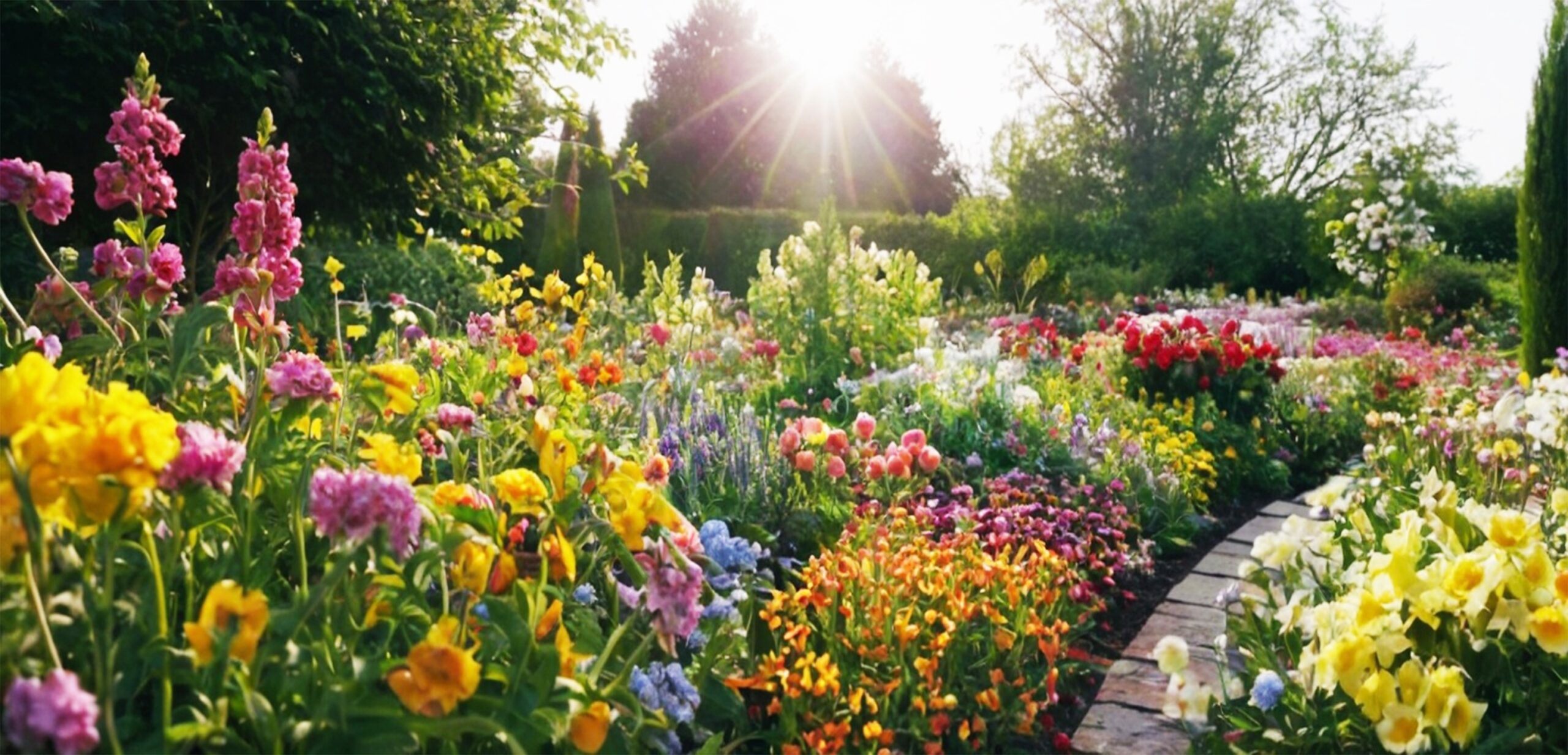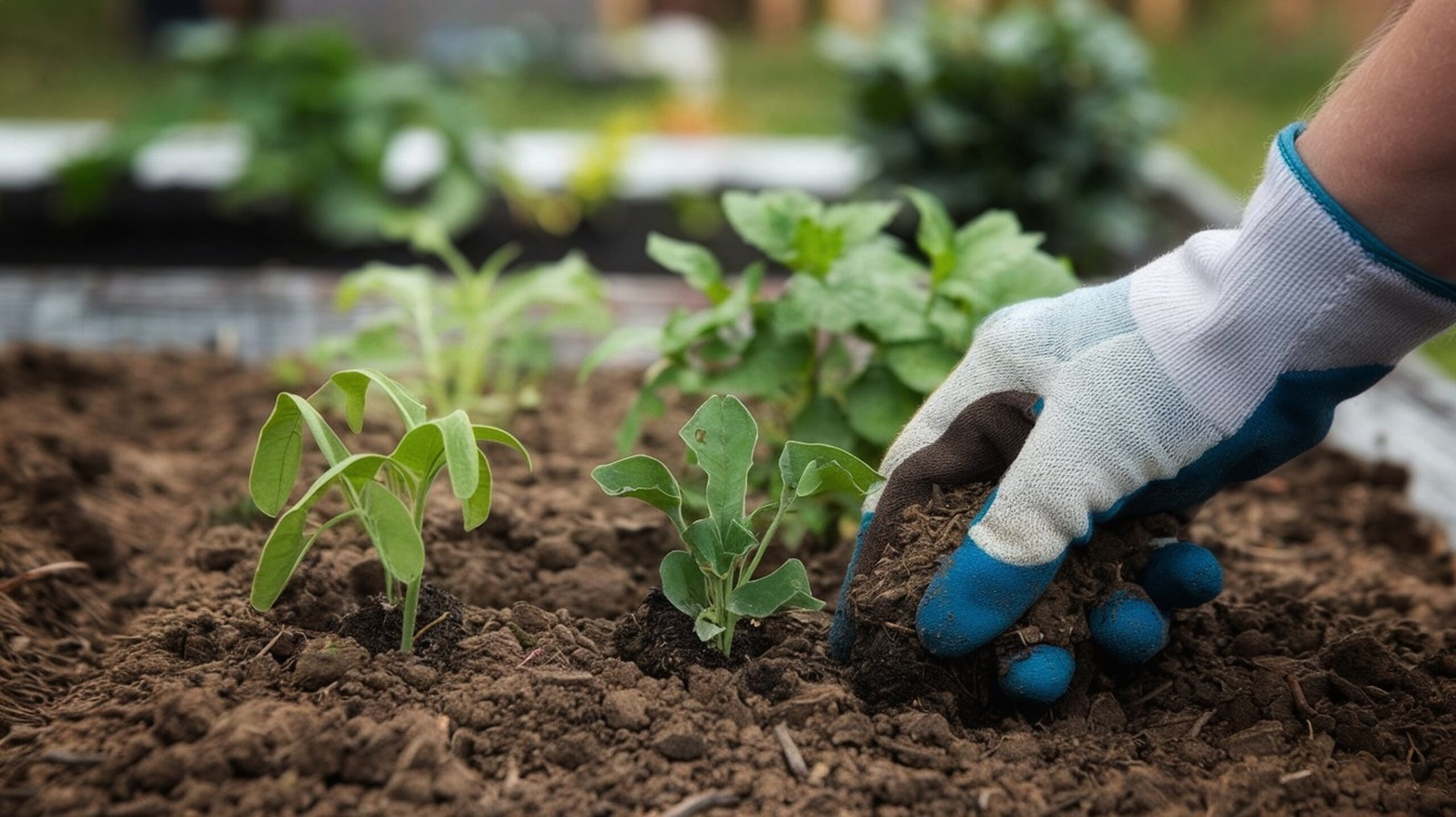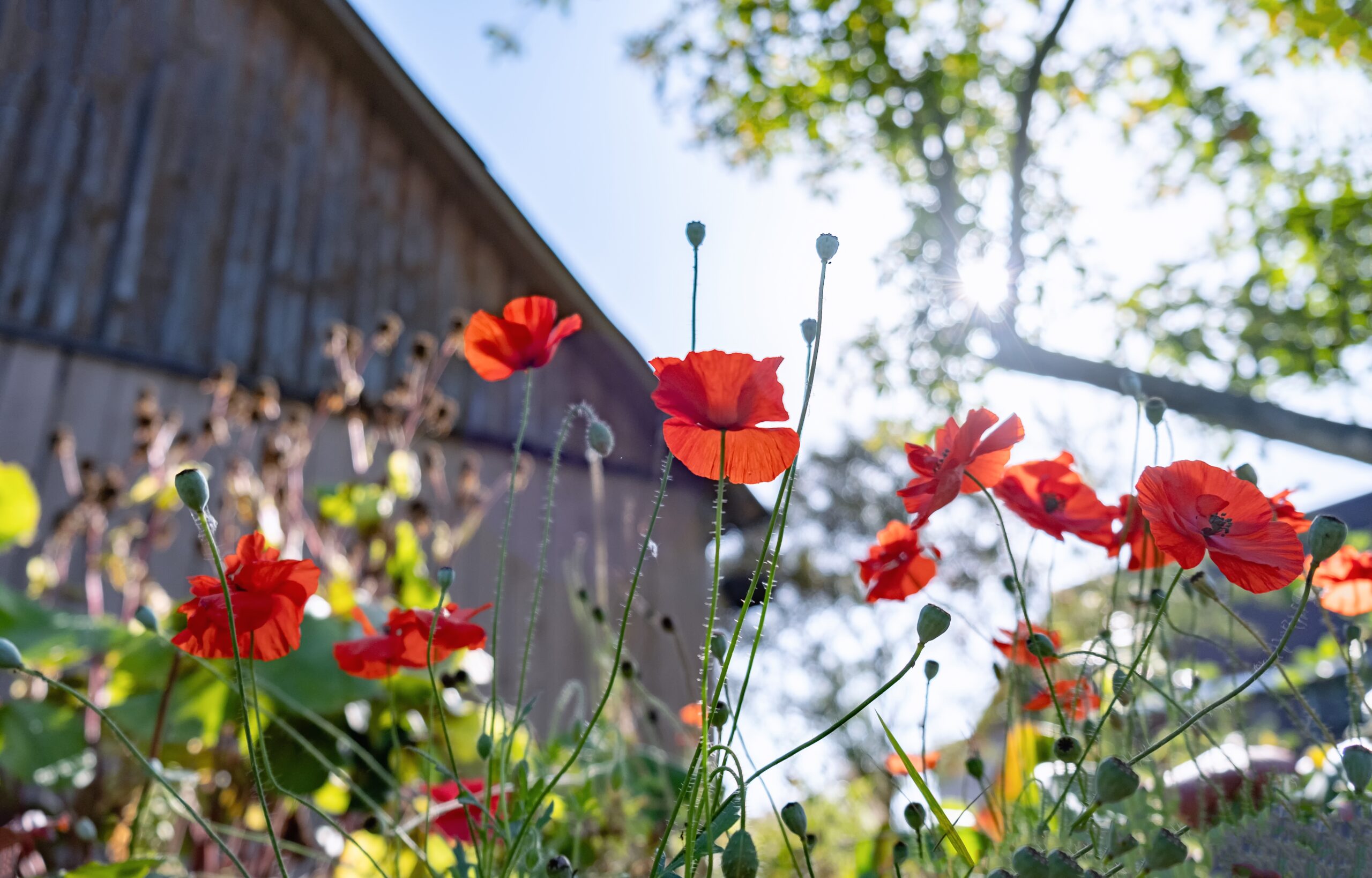Tips to adapt to heatwaves, droughts, and heavy rain.
Climate change is transforming the way we garden. From intense heat to unexpected frosts, extreme weather is becoming more frequent. The good news? You can adapt. A climate-resilient garden is designed to be water-wise, heat-tolerant, and ecologically balanced. In this guide, we’ll show you how to future-proof your garden—choosing the right plants, improving soil health, conserving water, and designing with resilience in mind. Whether you have a balcony or a backyard, your green space can become a microclimate hero.
Outline
- Why Climate-Resilient Gardening Matters
- Principles of Resilient Garden Design
- Choosing the Right Plants for Changing Weather
- Soil: Your Garden’s Secret Weapon
- Smart Watering Strategies
- Protecting Plants from Heat, Wind & Frost
- Gardening for Biodiversity
- Tools & Techniques for Tough Times
- Final Thoughts
Why Climate-Resilient Gardening Matters
Gone are the days of predictable seasons. Gardeners now face:
- Longer dry periods
- Sudden storms and floods
- Early heatwaves
- Unseasonal frosts
A climate-resilient garden doesn’t fight nature—it works with it. That means embracing local conditions, choosing tougher plants, and thinking about sustainability from the soil up.
🌍 Every resilient garden is a step toward a greener, more stable future.
Principles of Resilient Garden Design
To build a future-ready garden, consider these core design principles:
| Principle | Why It Matters |
|---|---|
| Diversity | Different plants react differently to stress, so variety improves survival |
| Flexibility | Adapt your planting schedule and layout as the climate shifts |
| Efficiency | Use water, space, and energy wisely |
| Regeneration | Support soil life and natural cycles for long-term health |
Choosing the Right Plants for Changing Weather
Some plants are naturally more tolerant of stress. Opt for drought-tolerant, wind-resistant, and heat-adapted varieties.
Great Choices:
- Lavender, rosemary, thyme – thrive in heat and poor soil
- Sedum, echinacea, yarrow – drought-loving pollinator favourites
- Silver-leafed plants – reflect sunlight and handle high temps
- Native species – best adapted to local weather extremes
Pro tip: Group plants with similar water needs to avoid waste.
Soil: Your Garden’s Secret Weapon
Healthy soil = resilient garden.
How to Improve Soil for Climate Change:
- Add compost regularly to increase moisture retention and feed microbes
- Mulch with straw, bark or leaves to reduce evaporation
- Avoid over-tilling, which releases carbon and breaks up structure
- Plant cover crops like clover or phacelia to protect and feed the soil over winter
🌿 Soil that holds water, stores carbon, and supports life is your garden’s strongest defence.
Smart Watering Strategies
With water becoming more precious, every drop counts.
Top Water-Saving Tips:
- Water deeply but less often to encourage deep roots
- Water early or late to reduce evaporation
- Use drip irrigation instead of sprinklers
- Collect rainwater with barrels or underground tanks
- Install greywater systems for reusing household water (where safe and legal)
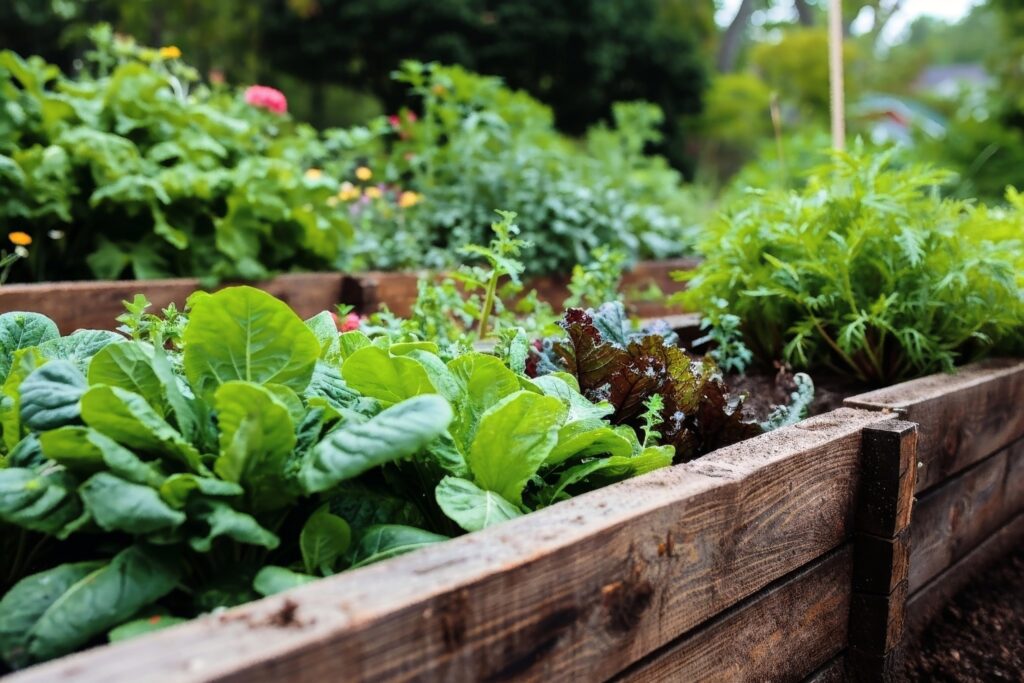
Protecting Plants from Heat, Wind & Frost
Extreme weather is tough—but preparation helps.
For Heatwaves:
- Provide shade with cloths or tall plants
- Increase mulch to cool the soil
- Avoid planting or transplanting during peak heat
For Wind:
- Create windbreaks with hedges or permeable fences
- Use stakes to support vulnerable plants
For Frost:
- Cover plants with fleece, hessian, or cloches
- Mulch well to insulate roots
- Move container plants into sheltered spots
Gardening for Biodiversity
The more life your garden supports, the better it bounces back.
Invite Nature In:
- Plant pollinator-friendly flowers like cosmos, borage, calendula
- Create habitats: birdhouses, log piles, insect hotels
- Avoid pesticides and synthetic fertilisers
- Let parts of your garden go wild to support beneficial creatures
🐞 A biodiverse garden is more balanced, less pest-prone, and more beautiful too.
Tools & Techniques for Tough Times
Invest in tools and practices that help your garden weather the weather.
| Tool or Technique | Why It Helps |
|---|---|
| Rain gauge | Monitor rainfall to plan irrigation |
| Soil thermometer | Avoid sowing in unsuitable temperatures |
| Raised beds | Improve drainage and warm up faster |
| Permeable paths | Reduce runoff and keep soil moist nearby |
| Shade structures | Temporary or permanent sun protection for plants and people |
Final Thoughts
A climate-resilient garden isn’t about perfection—it’s about adapting, staying curious, and working with nature instead of against it. Whether you’re planting in pots or digging a whole new bed, every decision matters.
You’ll not only create a more beautiful, robust garden, but also one that’s part of the solution to climate change.
Gardening for resilience is gardening for the future.



